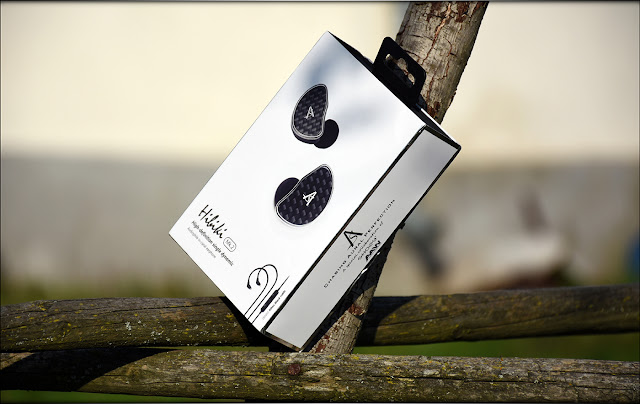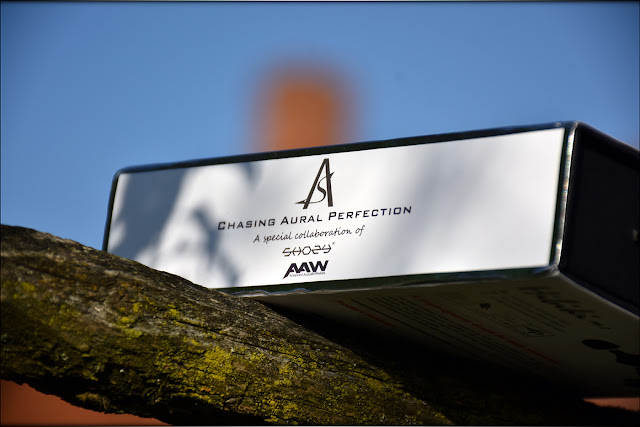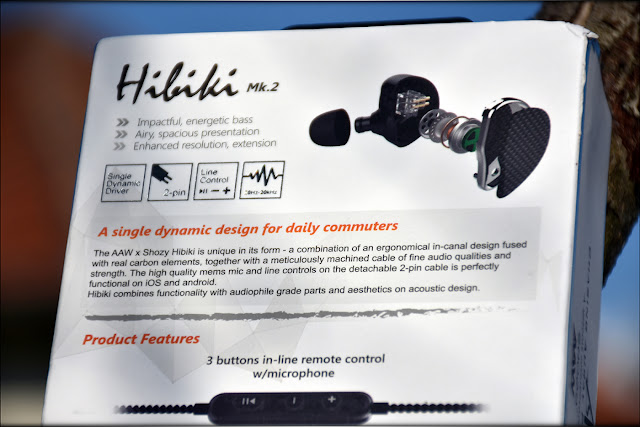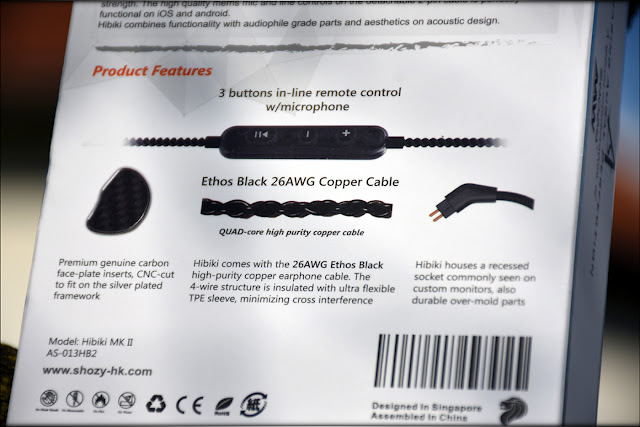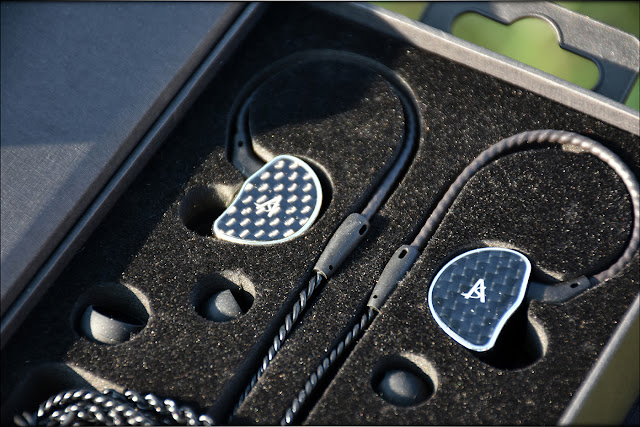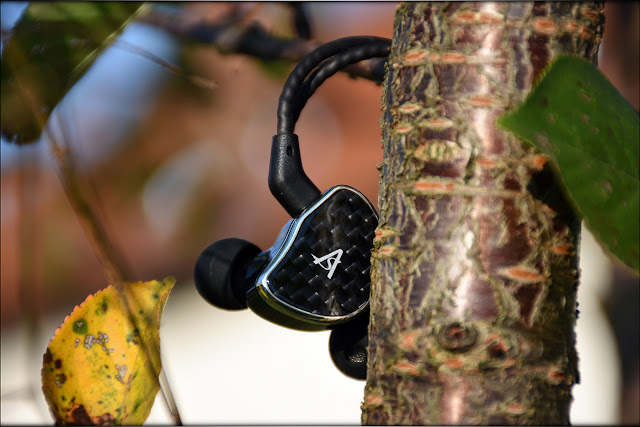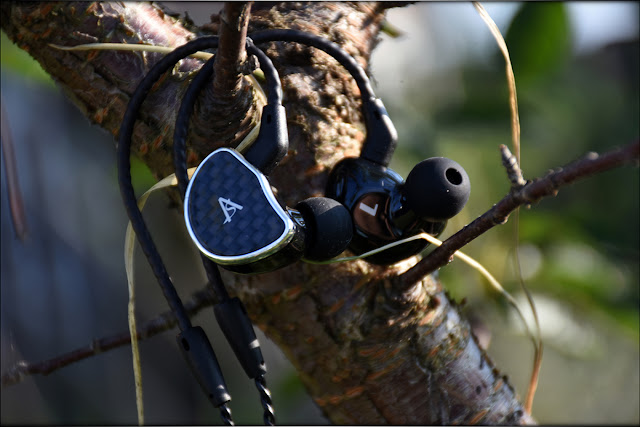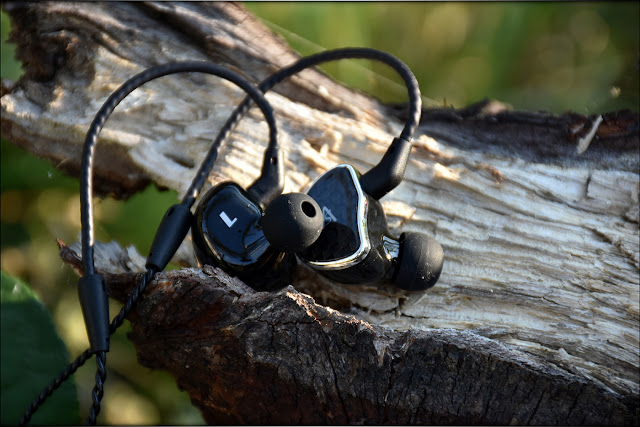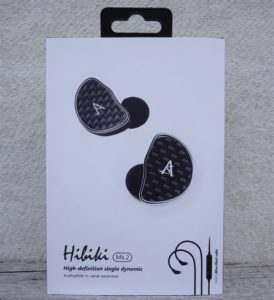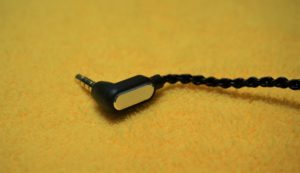I first caught wind of Shozy way back 2014 with their Alien DAP which gained a significant amount of advocates and it was such a good time for Shozy that they made a Gold Edition for the Alien. Fast forward to 2018 and Shozy is still rocking but now they have AAW (Advanced AcousticWerkes) in tow, 1st with the original Hibiki and now the Hibiki Mk2 which we would be realviewing. Priced at $67, it offers what a blend of 2 audiophile companies can come up after working together, as they say, it’s sweeter the 2nd time around.
Thanks to DDAudio/Linsoul for providing the sample unit in exchange for an honest review, you can cop the Shozy/AAW Hibiki Mk2 from their respective
Amazon and
AliExpress sites. The Hibiki Mk2 takes its cue from its prior form the Mk1 which got a lot of attention on 2017. The Mk2 features a 10mm Bio Cellulose Membrane Proprietary Full Range Dynamic driver with a Frequency response of 20Hz to 40000Hz, Sensitivity of 102dB SPL@1mW, an Impedance of 18Ohm@1KHz and a 0.78mm 2-pin interface connector. The Hibiki Mk2 sure got it in paper of what it takes to be a great buy yet with the Mk1 still to be considered, will it be enough? Let’s find out.
Packaging and Build Quality
Packaged in a clean white glossy box with a black flap box within, simple and clean, as all black and white packages go. Accessory set is straightforward, 1 set of single flange black silicon tips and then nothing, no pouch or a shirt clip which is really fine and we’ll get to why that is the case since most at the $60 range has at least a pair of foam tips or a shirt clip.
The IEM itself is a 2-piece shell/faceplate design which is made of plastic. The faceplate features a gorgeous shiny holographic carbon fiber finish with an AS logo which reflects light quite well while being lined with chrome giving a great breakoff point towards the large black glossy housing marked with L and R respectively which I personally think is too much for a single dynamic driver, the nozzle is unified with the shell and is short although it has a lip which made tip rolling a little bit easier. The 0.78mm 2-pin interface is recessed and reinforced with clear plastic against the black housing, tiny bits of details that provides more build quality points.
The included cable is made of 26awg copper and insulated with TPE rubber and is black ensuring a smooth transition from the housing to the cable itself, it has a great balance of flexibility and stiffness perfect for storing without retaining the folds. It also comes with a 3-button (pause/play-volume up and down) in-line mic control which worked great on my mobile phone when accepting a call. The cable uses a round braid below the Y-split and twisted towards the IEMs themselves, strain relief is minimal but the cable itself isn’t flimsy to really need too much of a strain relief, the in-line mic control even has strain relief, details again, details. There is a very well formed over-ear guide which features a plastic joint where the curvature starts, the over-ear guide though doesn’t sit too snug when used so occasional tugging of the cable to guarantee the over-ear cable doesn’t get off your ears. It uses the L-plug gold-plated 3.5mm plug with a black housing with a silver top. Isolation is mediocre despite the large shell size so securing the right ear tips is paramount. No major microphonic noise was observed when used on the go where a lot of movement happens.
I find it amusing that I didn’t had the chance to get intimate with the Hibiki Mk1 which would save me from feeling what I lost and gained with the Mk2. I made sure to have the Mk2 undergo the recommended 250-hour burn-in process for believers and non-believers alike. For the duration of the realview, I used the Final Audio Type E ear tips as the stock ones that give me great seal. I used an Opus 1, Xduoo x3ii as well as the Sony CAS-1 system all using 16/44 Flac files which I would mention along the realview. The Hibiki Mk2 emanates warmly soundwise and gives a focus on the low-end tonal spectrum which fits the on-the-go portable IEM target market it is aimed for.
Testing out the low end performance was Bruno Mars’s Calling All my Lovelies track which from the intro itself has an overload of sub bass and bass. The sub bass on the Mk2 is fat coupled with great extension for both the left and right channels. Bass drop is thumpy and transitions smoothly towards the midrange giving the Mk2 its signature warmth. Notable rumble is also observed.
The midrange of the Mk2 is its least favored frequency. Angela Bofill’s I’m On Your Side was used for the midrange performance which gives out sufficient loads of low midrange and midrange hits. The low midrange had great cohesion with the midrange and rendered the sound puffy which resulted in the midrange being laid back and making it sound soft and unnatural. Upper midrange has no extension and timbre is once again unnatural.
The Mk2’s distinct low end focus was clearly attempted to be mitigated and balanced out by boosting its highs and thank goodness it wasn’t overdone. Scorpion’s Under the Same Sun was completely tolerable using the Mk2, instrumental hits were distinct and clarity didn’t take a hit from the low end prowess. There isn’t your peaky highs IEM nor will it cause you any high frequency fatigue. Sparkle is observable on treble-heavy tracks which is still not harsh to the ear.
Soundstage and Imaging
Intimacy is key for the Mk2. The large housing used on this IEMs although doesn’t possess great curvatures does a great job of providing passive external noise reduction at the expense of comfort. Soundstage isn’t wide which might not be too good for those not really into the Mk2’s low end focus although the imaging is on-point and harmonics are detailed and articulate, easy to identify horizontal and vertical orientation.
Conclusion
The Hibiki Mk2 is another love-child of Shozy and AAW which Shozy being the dominant parent giving it a much more friendly price. It is a solid buy for the portable audio fanatics, those who regularly use public commutes and are smack right in the middle of crowded and noisy environments with its distinct warm signature and non-fatiguing high frequency performance. It wouldn’t be too great for those with smaller ears with the Mk2’s large housing although the great cable and in-line mic control might still pull some through yet after all this I still just wish that Shozy and AAW thought of giving their love-child a pouch to carry around.



